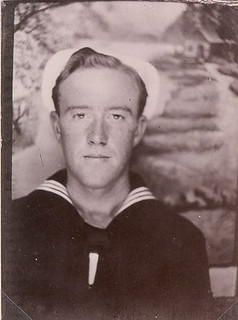This past year MyHeritage released two new products that add an interesting, albeit creepy new dimension to old photos. The first of these was a colorizer for old photos. The second looks like something right out of Harry Potter.
The colorizer app was released about a year ago and does a pretty good job of adding color to black and white or sepia photos, as well as correcting color in old photos. Here’s a comparison of a photo of my mom from 1945:
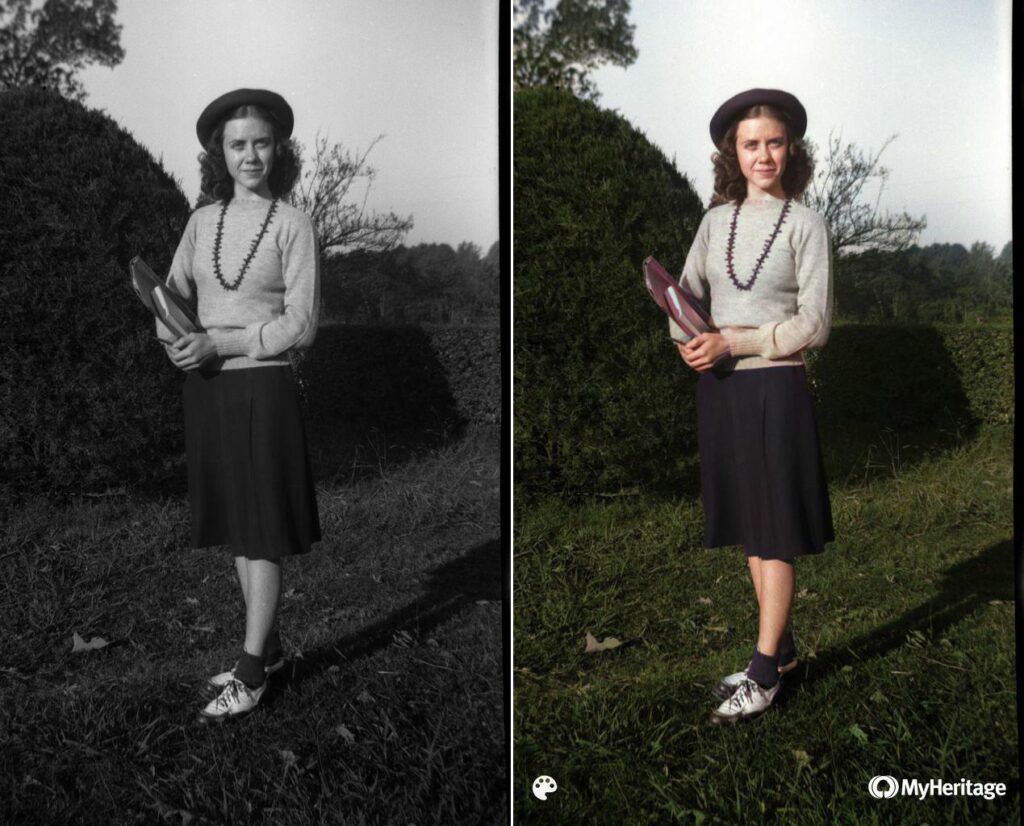
I was having fun colorizing old photos right and left.
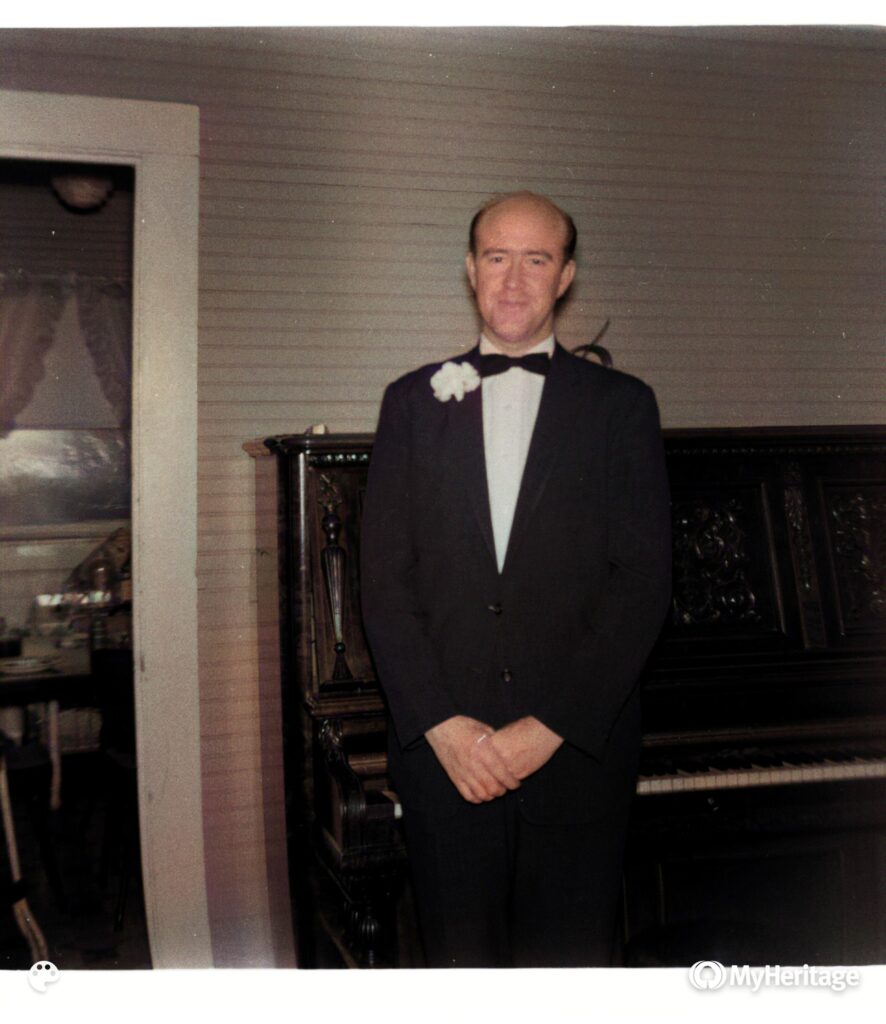
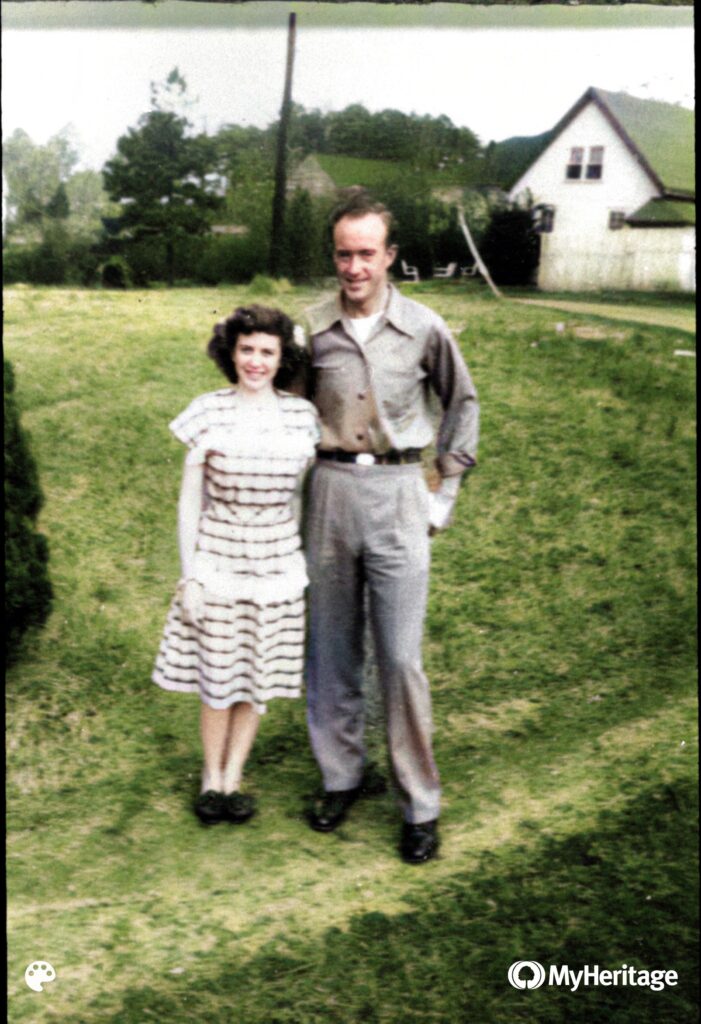
Some photos worked better than others. These turned out with color distortions, or almost no color at all.
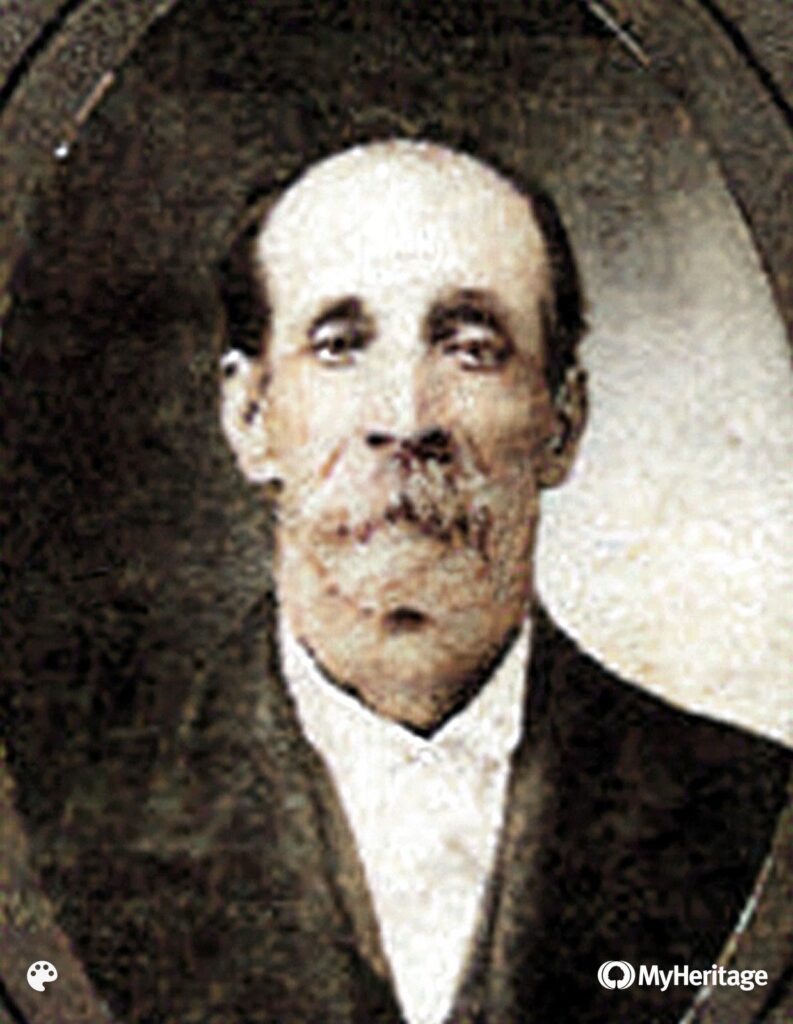
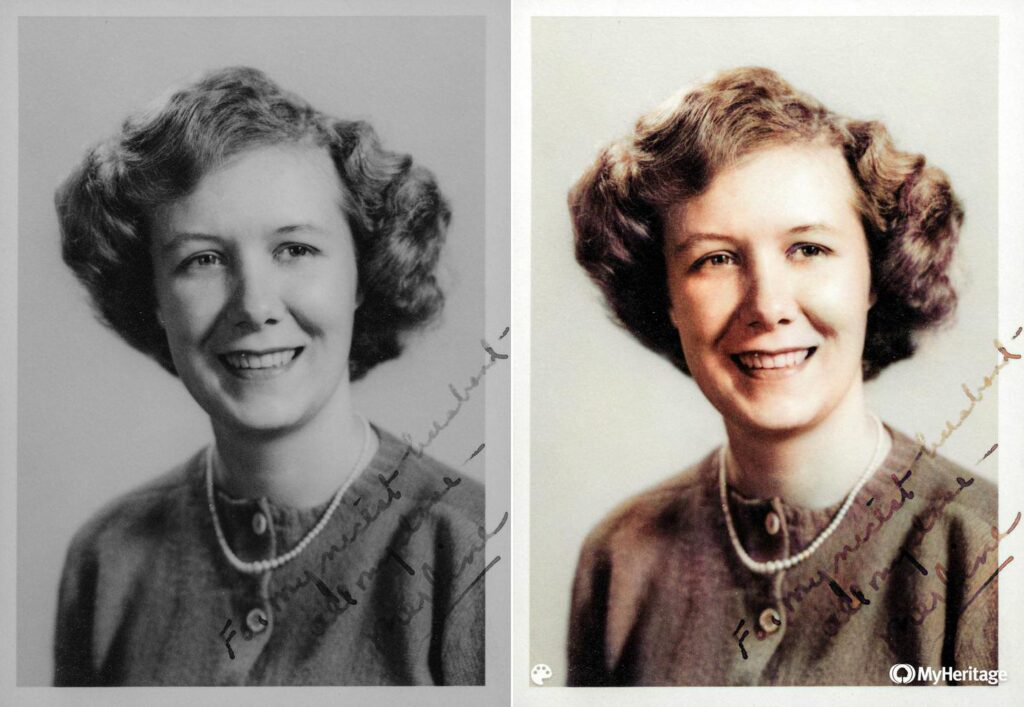
Soon, though, I exceeded the number of photos that MyHeritage would let me do with a free account. That’s when I discovered that the source code was available as a Google-Colab notebook. With this script I could colorize to my heart’s content and not have to pay for a MyHeritage subscription.
There are purists who decry the process of colorization. I find myself somewhere in between the purists and those that are gung ho for colorizing everything. I like to see the original photo, but I also like to see what it might have looked like in color. And I say “might have looked” because this is an algorithm that probably has nothing to do with the actual colors or shades.
I read some comments that this is just the next step in photo restoration and is no different than removing scratches. It is fundamentally different, though. Removing scratches doesn’t add anything to the photo. Colorization does. It changes the photo significantly. While it may be interesting, it isn’t a true archive. It’s still fun, though.
Just recently, though, MyHeritage upped the creepiness factor with what can be done with old photos. Using an AI deep fake video generator from the company D-ID, Deep Nostalgia™ lets you animate photos, in a sense bringing the dead to life. Going back to that colorized photo of my mother when she was in high school, here’s the animation:
The app isolates the face from the photo then applies one of ten motion patterns, depending on what it deems the most suitable for the face position. You can change the motion pattern, if you wish. For some of my sterner ancestors, I thought the default pattern was a bit too “smiley.”
If you have multiple faces in a photo the app asks you to select which face to animate.
As with the colorization, the app works better for some photos than others. In some cases it alters the facial lines to the extent that the photo no longer resembles the individual. I tried this with some photos of me as a child and I thought it didn’t look anything like me. This one, in particular, was disastrous.
You can animate any image as long as there is a face with standard, recognizable features. I tried some with googley eyes, but they didn’t work. Some monochromatic statues don’t work, but I have seen someone animate Michelangelo’s David. Cartoons and paintings do work if the facial features are fairly normal.
MyHeritage limits the number of animations you can create with a free account. I signed up for a 14 day free trial, but plan to cancel before they charge me the $16 per month subscription. During that time I’m going to animate as much as I can
But, if you’re tech-savvy and know how to run Python scripts, there is a free alternative. The process for making these deep fakes was documented in a paper entitled First Order Motion Model for Image Animation. One of the authors of the paper, Aliaksandr Siarohin, posted the source code in Python on GitHub. It’s not as easy to run as the Google-Colab code for colorization, and for now I’ll stick with the MyHeritage implementation.
If you want to see more of my creations, here’s my Flickr album with the ones I’ve done so far.


